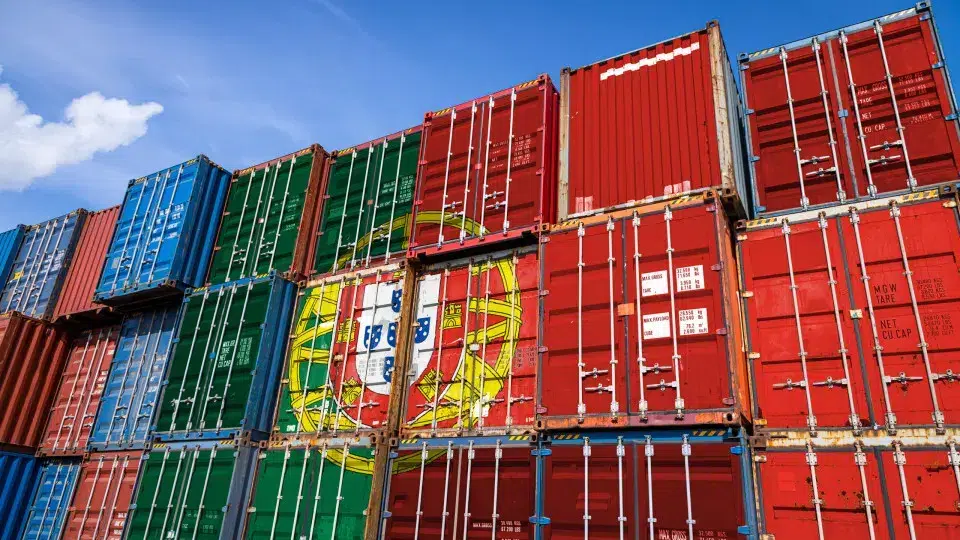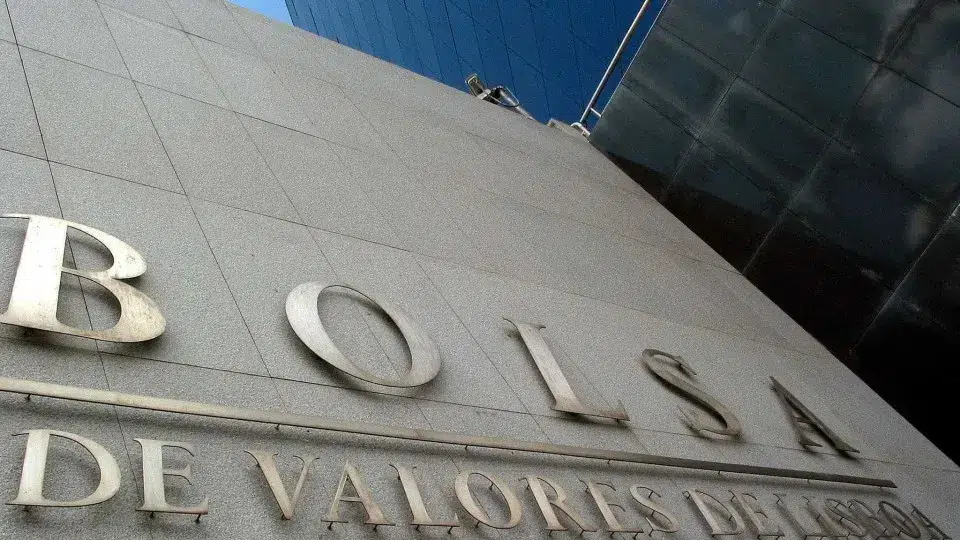
Portuguese companies are experiencing reduced profit margins on exports to the United States due to the new customs policy implemented by President Donald Trump, according to an analysis by the Bank of Portugal (BdP).
In the October 2025 Economic Bulletin released this week, the central bank provides a preliminary assessment of the “economic policy of the new U.S. administration” on Portuguese goods exports to the USA, examining sales behavior “before and after Donald Trump’s election.”
The Bank of Portugal notes that the White House’s customs policy has “triggered a sharp increase in uncertainty, the depreciation of the dollar, and higher tariffs imposed by the US on exports from its trade partners,” which for Portugal, indicate “a negative and statistically significant impact on the growth rates of exported value and export prices” to the US market.
The Bank of Portugal’s analysis
To reach this conclusion, the BdP compares the “behavior of goods sales between November 2024 (election month) and June 2025 (latest available data).”
From the first to the second period, there is a “seven-percentage-point decrease in the growth of exported value and a two-percentage-point drop in the growth of export prices for the US compared to other destinations” where Portugal sells goods.
The analysis of international trade developments “suggests a reduction in the average growth of the value and prices of Portuguese exports to the USA,” underscores the central bank.
In this analysis, the BdP excluded fuel and pharmaceutical products due to their “high volatility” in sales, even though these two sectors have a “significant weight in Portugal’s total exports to the USA (19.4% and 22.2% in 2024, respectively).”
The decrease in the growth rate of exports to the US is “particularly pronounced for smaller companies, reaching nine percentage points,” adds the BdP.
The fact that the impact is “more pronounced in value than in price” suggests, according to the central bank, a “relative contraction” in sales volumes.
“Although the export price in euros to the US experienced lower growth after the election, the price in dollars faced by American importers is influenced by the currency conversion to dollars, as well as the inclusion of tariffs, among other elements,” the bulletin states.
“The increase in these tariffs and the eight percent depreciation of the dollar between November 2024 and June 2025 are likely to have contributed to the rise in prices in dollars for American importers, and thereby to the reduction in the growth of export volumes to the USA,” the BdP concludes.
In the same document, the banking supervisor notes that export companies with significant exposure to the US market tend to be larger in terms of sales volume and workforce, although their overall share among companies is small.
“Companies with greater exposure to the US are larger than other manufacturing companies. In 2024, these companies had average sales of 17.5 million euros, compared to three million euros for the total manufacturing industry,” it indicates.




